Tips for Virtual Teaching in Kindergarten
Teaching Kindergarten is a challenging, yet rewarding job in and of itself. Factor in teaching them virtually–now that is a whole new ball game! Virtual teaching can easily stop a teacher in their tracks with all of the technology, new teaching practices, and unknowns.
I'm here to tell you, it doesn't have to be scary! You are not in this alone. As teachers always do, you will adapt, learn, refine, and continue to serve your students in the best way you know how. These virtual teaching tips will help you ease the nerves and set yourself and your students up for success.
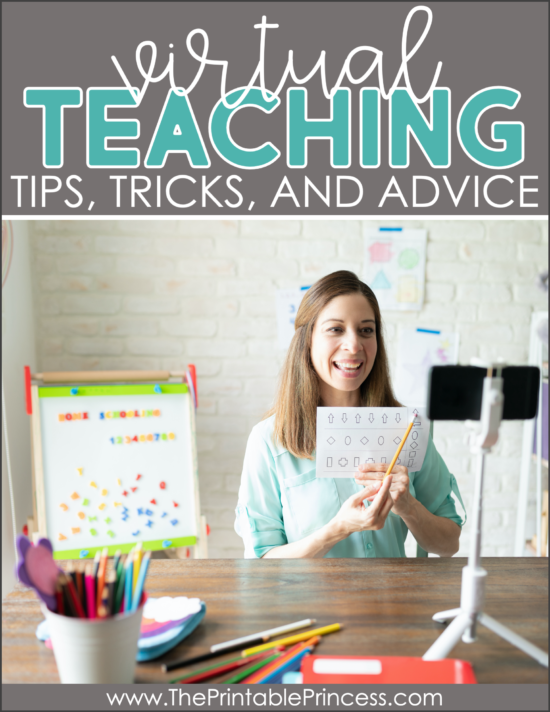
Community Building
Building community in the classroom is key, especially in Kindergarten. You want all of your students to feel like they are a part of something bigger, a classroom family that sticks together. When teaching virtually, it can be a challenge to figure out ways to do this when you aren't physically together in the same room. Here are some virtual teaching tips for building and strengthening classroom community.
Start With a Virtual Meet the Teacher
Starting the year with a Meet the Teacher event is an opportunity to build the foundation for a strong classroom community. When hosting a virtual Meet the Teacher, don't overcomplicate it! Think about what you do for an in-person event and keep those ideas. They will still work with a few small changes. No need to reinvent the wheel!
- Send a digital copy of your Meet the Teacher About Me Letter.
- Create an informational slideshow going over key items like:
- What your ELA/Math block looks like.
- What digital platform you'll use.
- School day information.
- Behavior management .
- Expectations.
- School day schedule.
- How to contact you.
- Your hours.
- How you celebrate class birthdays.
- Volunteer opportunities (check out this blog post for ideas for working with parent volunteers and a freebie you can use for your Meet the Teacher event).
- Give a virtual tour via Zoom of your “at-home” classroom or real classroom if you can. End with a walkthrough of the learning platform you'll be using.
- Do a virtual meet and greet via Zoom so you can meet all of your students and talk with them and their parents individually.
- Collect student information with a digital form, like a Google Form.
- Mail your students a welcome postcard or letter and surprise. The surprise could be:
- A coupon to get ice cream or something small.
- A free virtual coupon that they could redeem anytime, like:
- A 10 minute Zoom call with the teacher.
- A coloring page to color and share during the first Zoom meeting.
- A Zoom lunch date with the teacher.
- Choose a brain break.
Building Community via Zoom
Zoom (or whichever video conferencing platform you use) is about to be your new best friend! It is so important for your students to see you, hear your voice, and bond with you and their classmates. Don't let it intimidate you. You don't need to be an actor or actress, just be you!
Teach and care for your students the same way you would in the classroom, just through video. For more community building tips, visit this blog post. Keep a sense of normalcy and consistency with these virtual teaching tips:
- Have a virtual snack time where students join you for a snack and a read-aloud. You can do this whole group or in small groups of 4-5 students per day.
- Participate in Friday Spirit Days where students can dress up in pajamas, fancy clothes, team colors, hats, etc. Spend the first few minutes of the Zoom call letting students show off their spirit wear.
- Zoom ideas:
- Do scavenger hunts where students find items in their house and to bring back to the computer and share. These can be things like their favorite stuffed animal, a food, etc. You can also make this academic by finding something that starts with the first letter of their name, a shape, beginning sound, number of items, etc. Set a timer and play a special sound (like a bell) when students need to be back at the computer.
- Read alouds.
- Play Pictionary.
- Play Charades.
- Show-and-tell.
- Directed drawings.
- Brain breaks.
- Songs.
- Dance parties.
- Birthday parties.
- Morning message.
- Calendar/weather.
- Guest readers (other teachers, administrators, specials teachers, your family, etc.)
- And of course, teaching and modeling!
Teaching/Academics
Building community and establishing relationships and trust truly comes before teaching and academics. When teaching virtually, keep in mind that your students are in all different environments and will probably have distractions.
Give yourself grace. You don't have to be perfect. Mistakes will happen and that's ok! Parents are grateful that you are spending time educating their child. Remember to have patience, be positive, and keep them engaged. These virtual teaching tips will help everyone learn together.
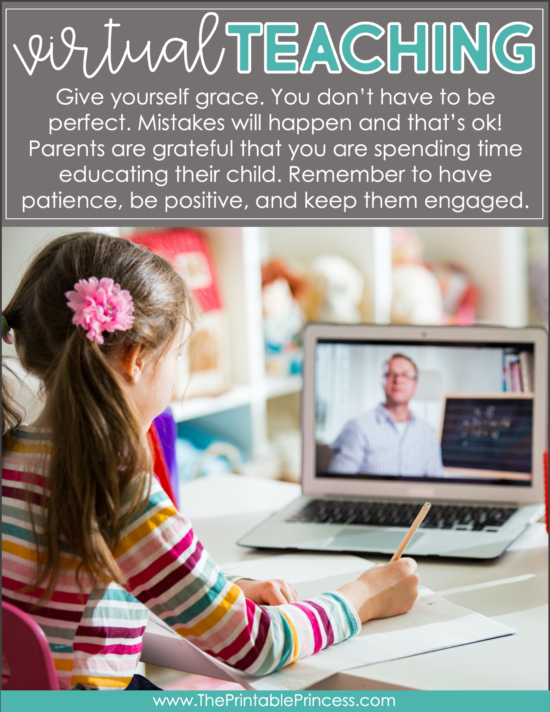
Zoom Tips
- Set up your security settings and double-check them.
- Do a practice run or 2 with your colleagues to make sure all of your settings and features are working and YOU know how to work them and explain it to your students.
- Eliminate distractions in your background.
- Use the same location each time so students are focused on you and not exploring where you are and what's in the background.
- Send Zoom reminders to parents along with a list of any supplies students will need.
- Do live Zoom lessons and record them to post for those that aren't on live.
- Hold your Zoom meetings at the same times and days each week. This builds consistency and helps parents remember.
- Greet all students and use their name.
- Establish rules for your Zoom calls with your students and review them before each Zoom call. Make your own rules, but here's a few ideas:
- Be on time.
- Come dressed and ready to learn.
- Stay in one place.
- Raise your hand.
- Stay on mute and video on unless instructed.
- Save snacks for after Zoom calls.
- Find a quiet place, free of toys or distractions.
- Be respectful. Listen to the speaker.
- Be kind.
- Stay on task.
Keep Your Lessons Focused and Your Activities Meaningful
- Focus on key standards and skills.
- Eliminate busy-work. Don't overdo it or feel like you have to use every activity you find. Quality over quantity. Remember, parents may have more than one child they are helping on top of working from home.
- When assigning learning videos or songs via YouTube or other links, be sure to include a follow-up activity that truly helps students apply what they learned.
- Use interactive activities like Alphabet Boom cards. These digital, self-checking task cards are great for skill practice. You can use Boom cards for math and reading. To read about using Boom cards with your students, click here to learn more about them. If you want to use them with Google Slides and/or Seesaw, this blog post will help you!
- Use bingo choice boards where students have a whole week to complete the activities in the order that works for them and their families. This flexibility will make virtual learning more manageable for families and are a great way to incorporate “device-free” activities. These Kindergarten homework choice boards offer weekly activities for the whole year plus weekly, themed reading logs.
- Use visual aides, such as: posters, anchor charts, whiteboards, video tutorials, or examples of work.
Celebrate Your Students
- Have 1-on-1 calls with students where they can “show off” their work or just talk to you. Schedule a few a week and rotate through your class list.
- If you notice a student working hard, call or Zoom them to tell them how proud you are.
- Send students digital rewards or certificates.
Working With Parents
Working with parents is an essential part of teaching virtually. To make the experience positive for each child, it will take a lot of teamwork and communication. Keep these virtual teaching tips for parents in mind.
Communicate Often
- Phone calls, emails, messages, Zoom calls…they're all great! Call 4-5 parents each week to check-in. Rotate through your list so you don't make 20+ phone calls a week. If they don't get a phone call that week, email or use the messaging system that works for you.
- Have set times that you are available to Zoom to answer questions and offer help.
Help With Technology
- Create a Technology FAQ sheet or get one from the technology director at your school so parents can access and use it instead of contacting you for every question.
- Create short videos to show parents how to log-in. Keep the videos accessible in Google Classroom, Dropbox, or wherever you share files with parents.
- Create student login cards and send to parents. If possible, keep it super simple to remember!
Be Consistent
- Send a week at a glance schedule and stick to it so parents and students can plan when they will complete work.
- Send activities at the same time/day – this way parents know when to expect it.
- Avoid being heavy in math one week and light on reading or word work. Keep the work balanced.
- Keep the learning platform consistent. Don't email one week and then use Seesaw the next.
Teacher Self-Care
Last but definitely not least on the list of virtual teaching tips…teacher self-care! It is so important for YOU to take care of YOU. Teaching virtually is a whole new skill that you are learning. Even if you aren't in the classroom, it is still exhausting. You know the saying, “you can't pour from an empty cup.” It's true. Fill up your teacher self-care bucket and please do not feel an ounce of guilt!
Set Work Hours
- Set established work hours and unplug at the end of the “school day.” Let parents know your hours so that they don't expect you to respond at all hours of the day. Have one “late night” per week where parents know you are available if they need to chat or jump on a call with you. It can be easy to work late and on weekends, but do your best to log off when your hours are up.
- Be intentional about your time. Set times to work, help your own kids at home, do chores, spend time with family, relax, etc.
Set Yourself Up For Success
- Have an “office space” where you can keep everything.
- Get into a “morning routine” like you would if you were going to school.
- Give yourself “plan time” and use your planning time effectively so you aren't rushing to come up with activities.
Do Something For Yourself
- Enjoy your coffee or tea…HOT!
- Go outside over your lunch break and get some fresh air.
- Zoom or call your colleagues to plan, troubleshoot, or just talk. Wine date anyone?! 🙂
- Remember…self-care, rest, and sleep are as important as planning, teaching, and grading.
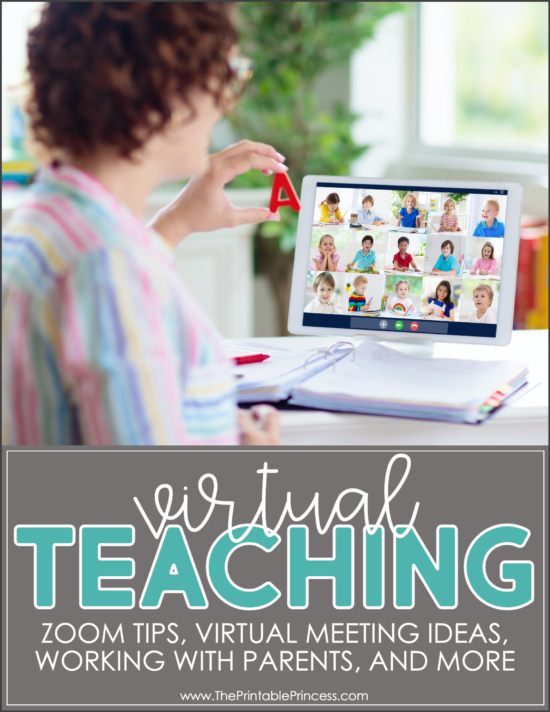
I hope you can add these virtual teaching tips to your tool-belt and tackle this form of teaching with confidence and charisma! I am always here to help and would love to hear from you about which tips you are excited to implement. Let me know in the comments below!




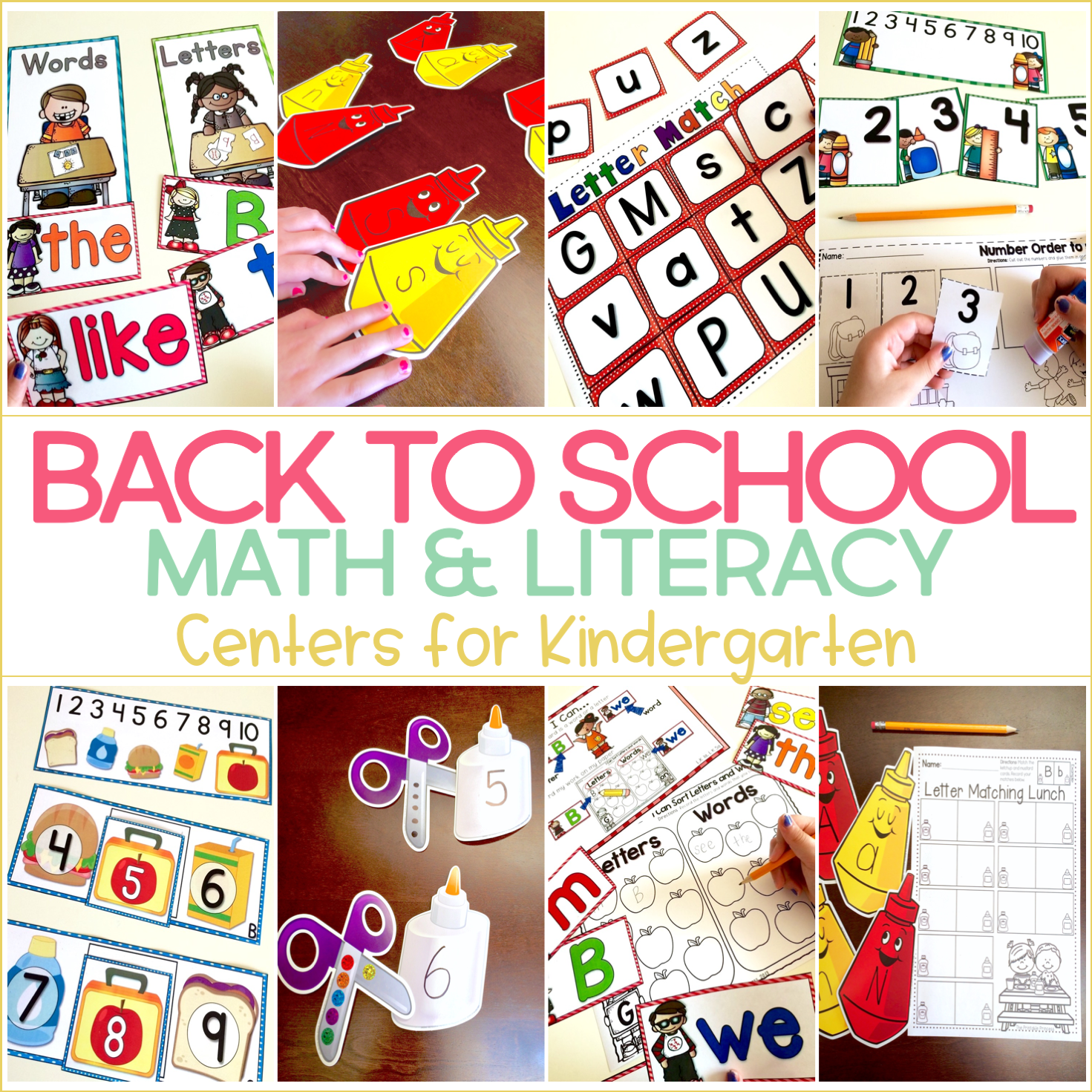


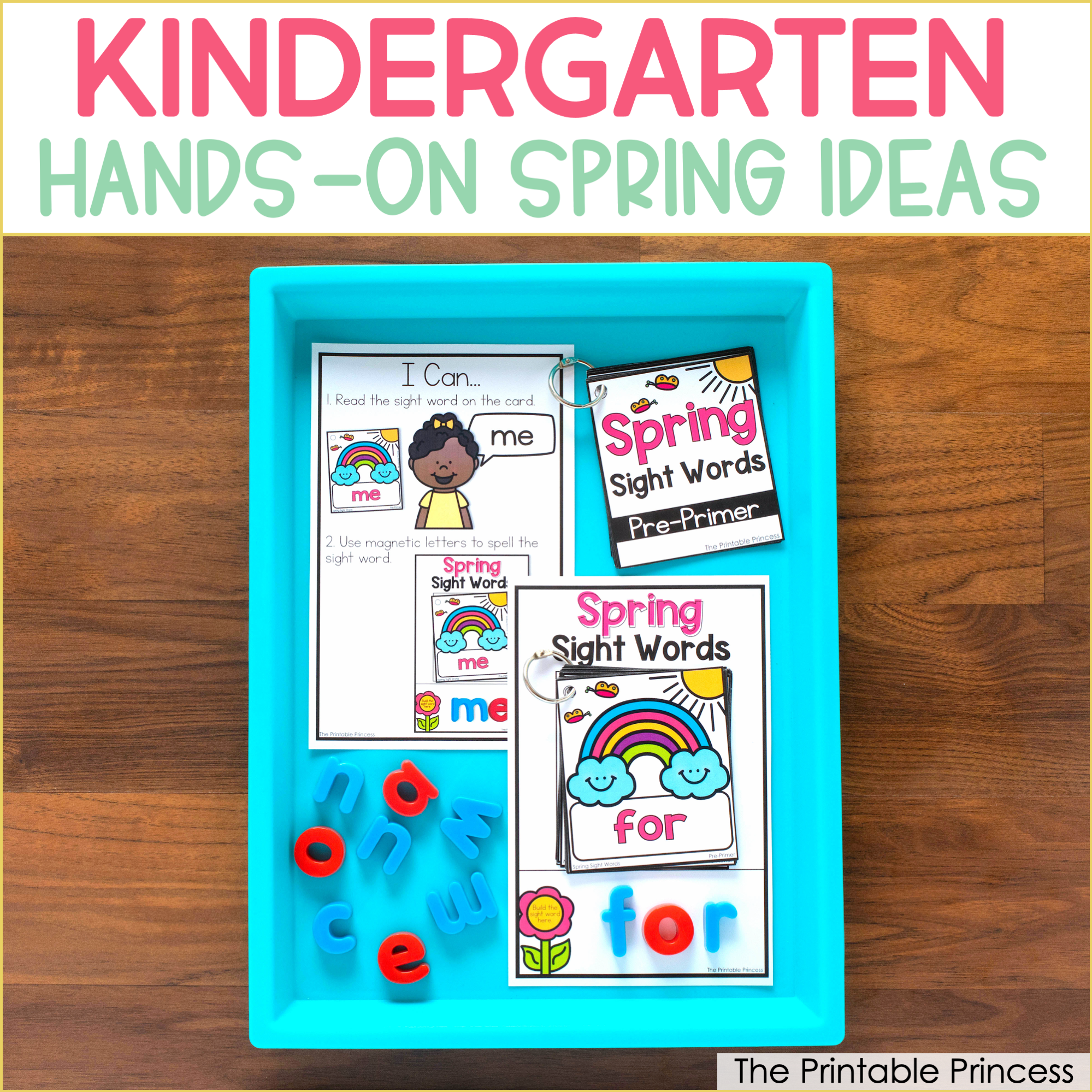
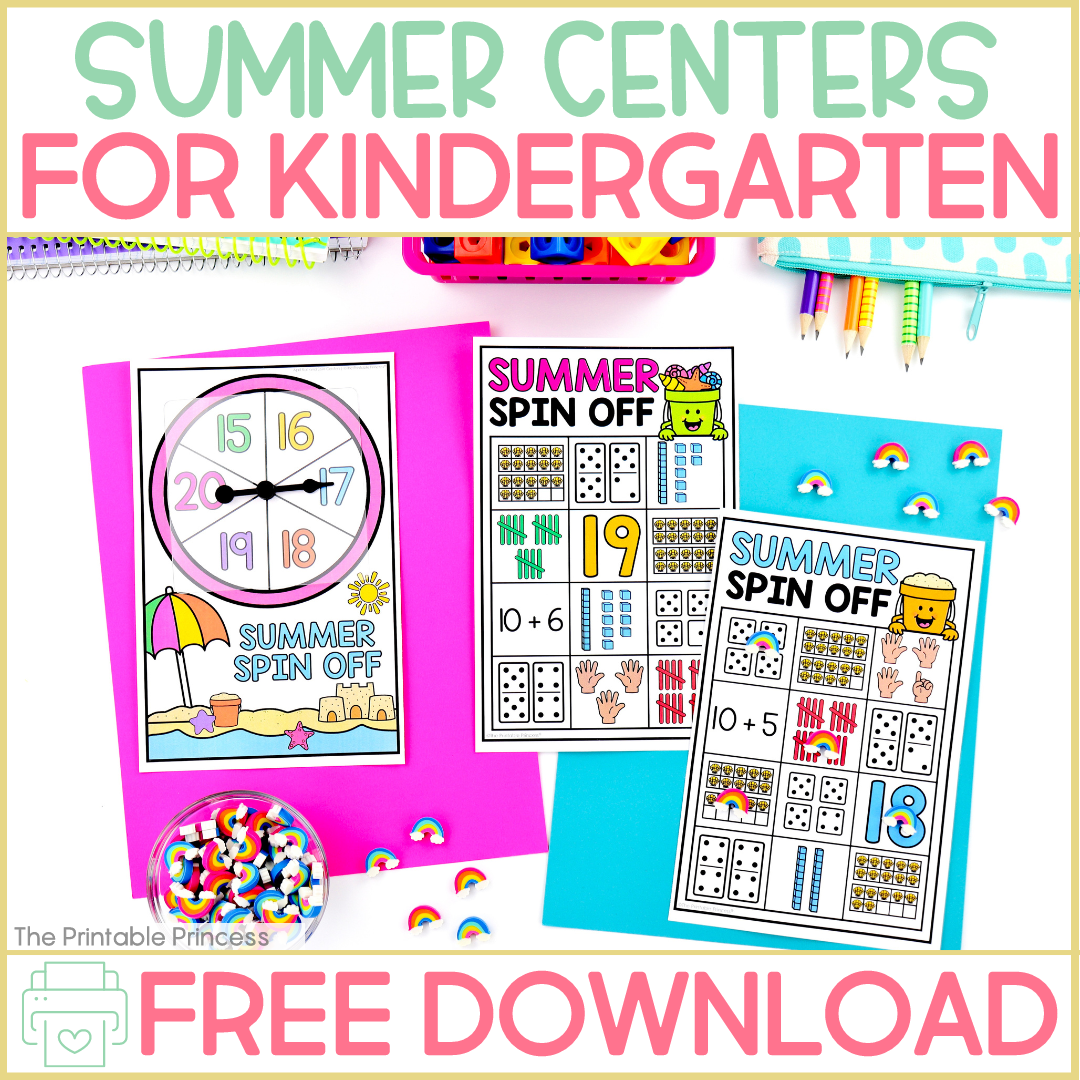

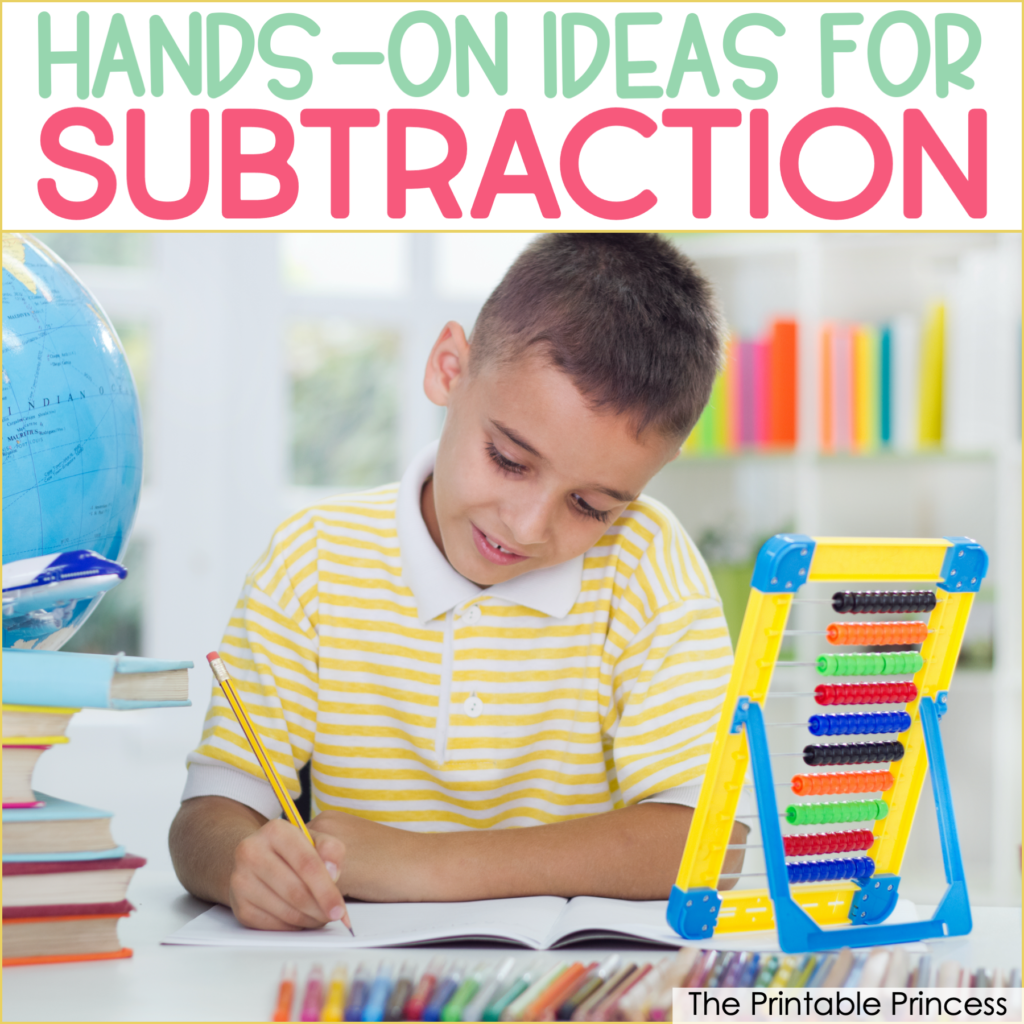
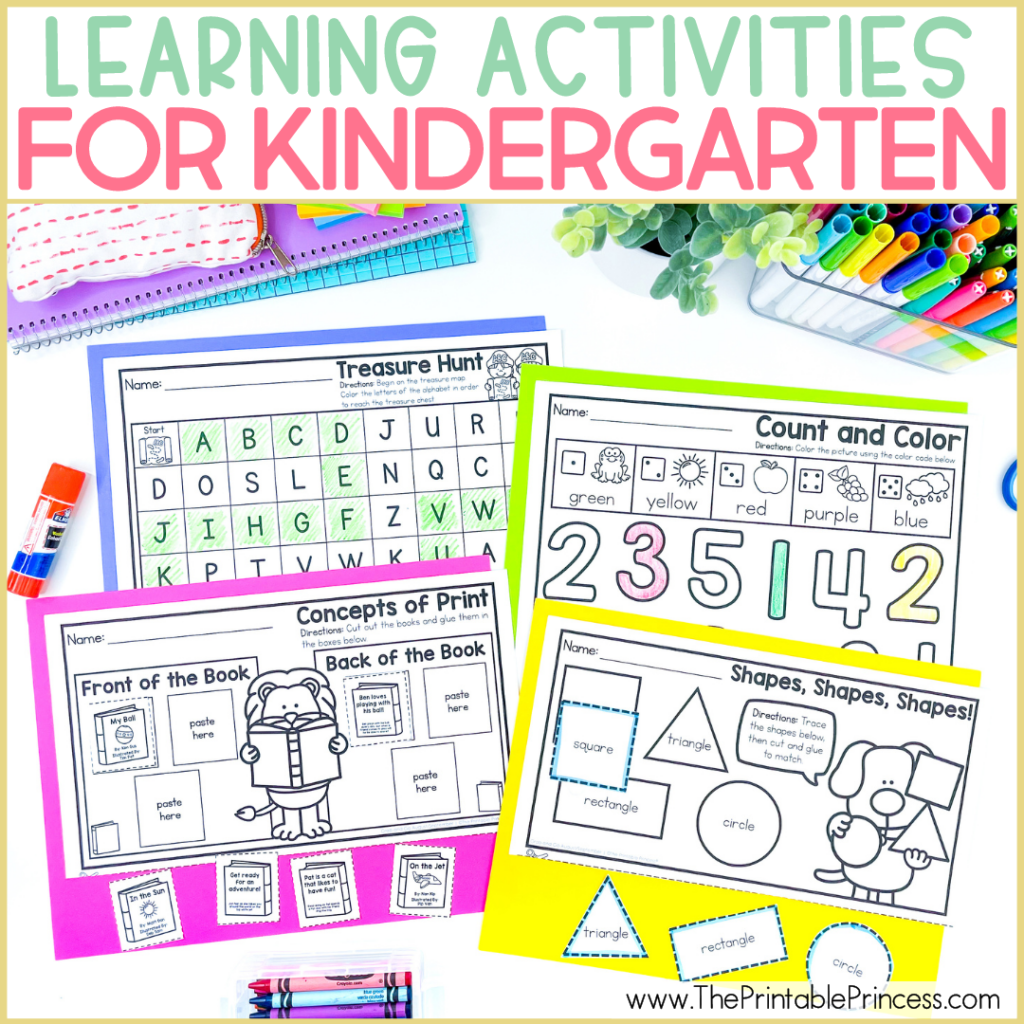
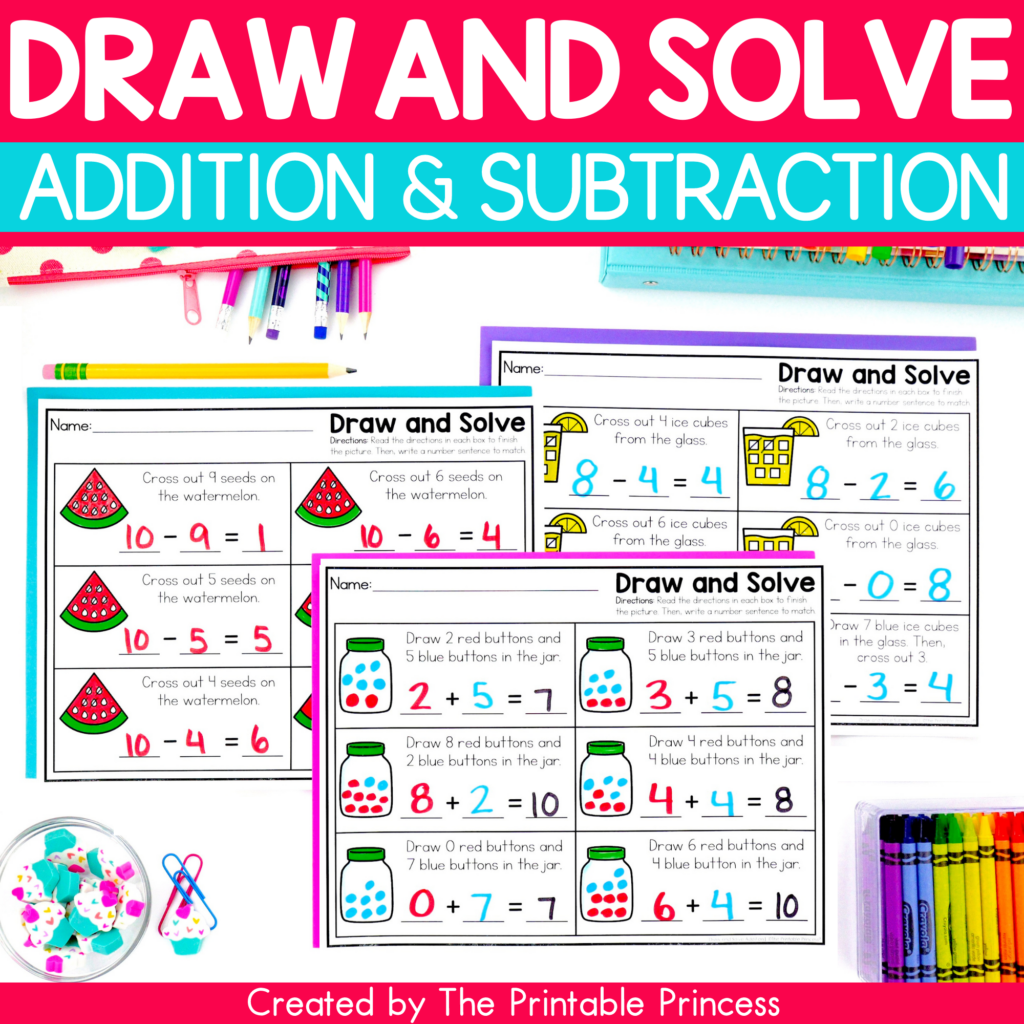
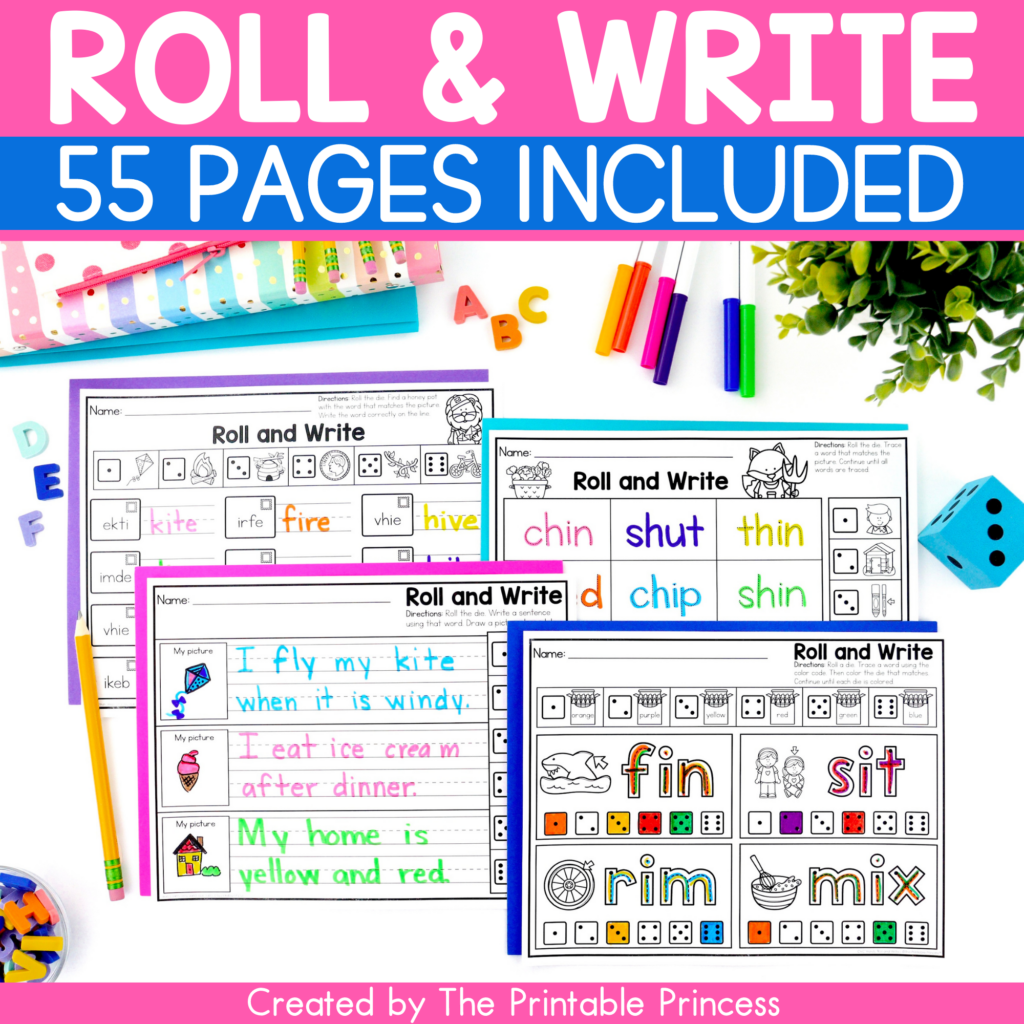
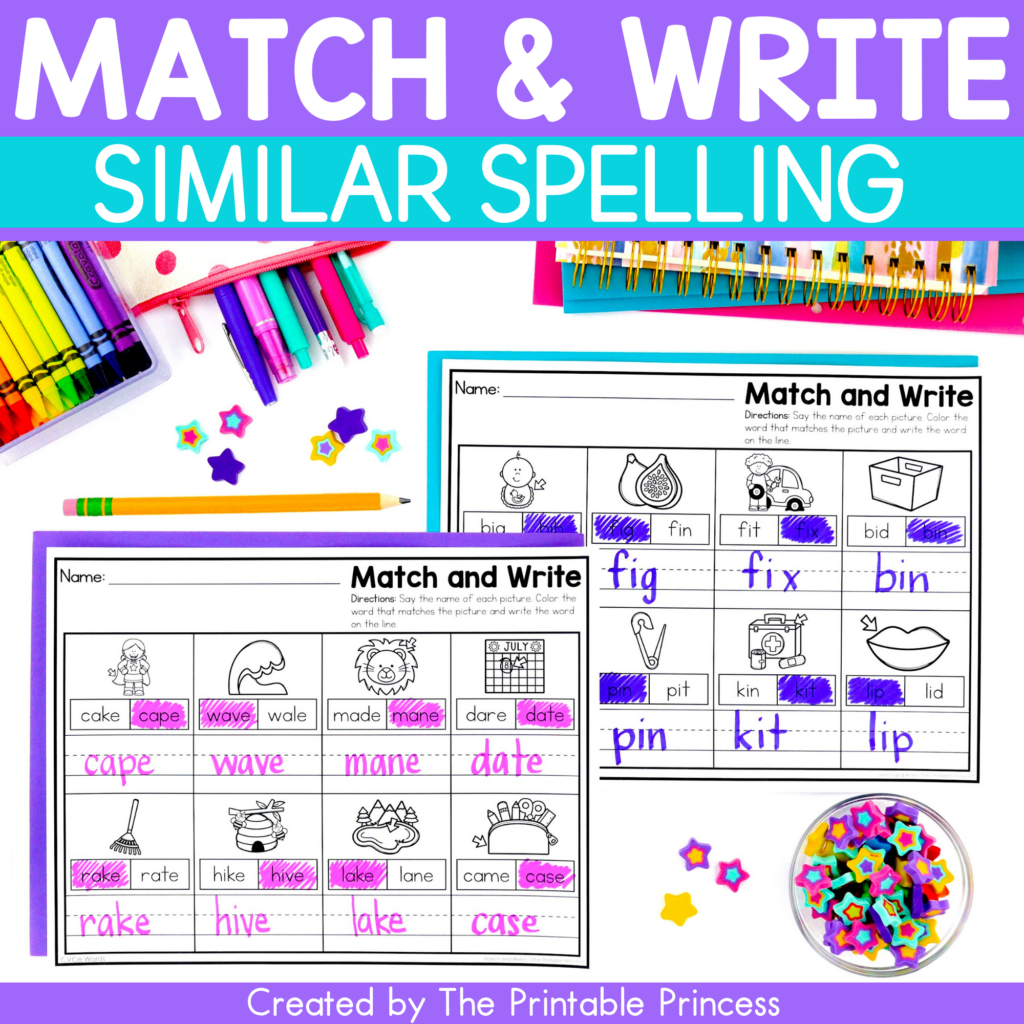
Oh, Melissa! Thank you for blessing us in this way. Loved reading your suggestions this morning and appreciate the thought you have put into Social Distance Learning!
it was really helpful thanks
Thank you so much for this post. I really needed the encouragement today and your words really “spoke” to me. Thanks again.